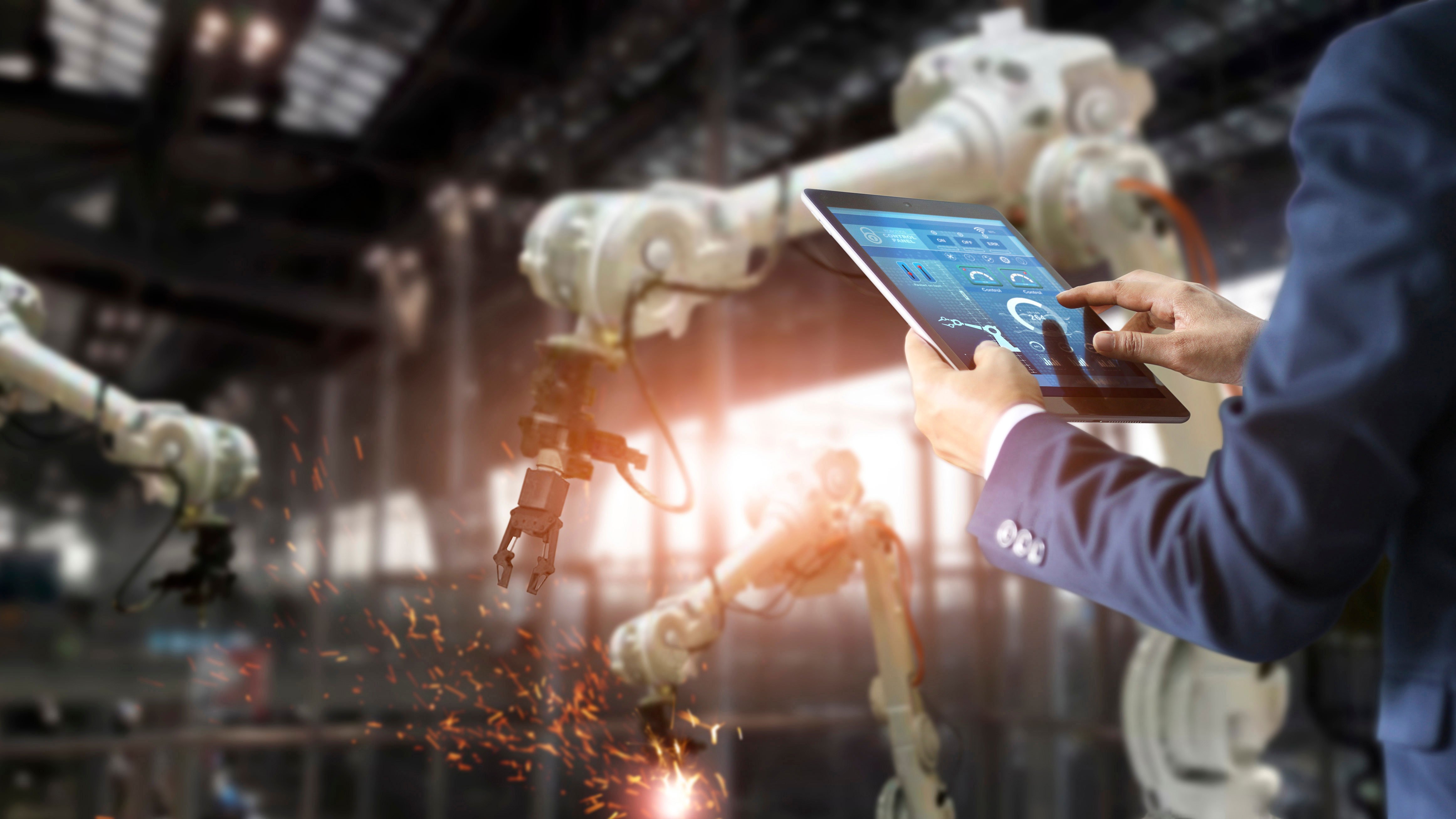With network connectivity to a robust historical machine database, analytics tools can create models that predict future behavior based on past performance and use machine learning to optimize operations. This can be as simple as predicting an anomaly to give an operator time to take preventative steps.
Or as sophisticated as enabling your machine to take prescriptive action autonomously – like slowing motor speed – to maintain thresholds and keep equipment running.
Open for Business
Machine builders must also reimagine what flexibility means today. Over the past decade, the virtual marketplace has grown exponentially. And the pandemic ramped up demand by making the convenience of online retail a necessity.
In addition, more manufacturers are moving away from wholesale and retail distribution altogether – and increasing their profit margins by selling directly to consumers online.
What’s next? Tighter integration between the supply chain, e-commerce portals and MES systems to enable a faster, more flexible manufacturing response better aligned to demand.
And for OEMs, this means sharing the digital foundation of machines with customers early in the process. And designing equipment that’s not only easily integrated in the production space – but also connects directly to applications across the enterprise and beyond.
Meet Expectations with Scalable Offerings
A scalable automation platform improves the flexibility of your offerings and delivers a “win” for both you and your customers. A truly scalable offering provides options throughout every aspect of the platform – from controllers and I/O through the human machine interface (HMI), batch process control and analytics.
With open communication protocols, your customers can capture the value of smarter equipment without a major upfront investment in automation infrastructure – and scale as they grow.
Machine builders have the opportunity to take advantage of reusable, plug-and-play enabled tools to streamline the design process as offerings expand. Additionally, they easily leverage applications and analytics developed from one system to another.
A Smarter Way to Work
Even the most agile machine cannot maximize throughput if it’s not performing optimally. And over the past two years, we learned to take a more flexible approach to solving equipment challenges.
For OEMs faced with travel restrictions, remote connectivity to installed assets was the only way to service machinery and customers are increasingly warming to the technology.
The pandemic has also accelerated the adoption of other digital technologies that optimize machine performance – and support more flexible work paradigms. In particular, augmented reality platforms have made a significant impact.
Strategy for Success
The latest advances in mechatronics and digital technologies could improve machine flexibility or throughput on machines by 50% or more. So what steps can a machine builder take?
One piece of advice: This isn’t a retrofit project.
To achieve the dramatic gains new technologies promise, you will likely need a “clean slate” approach to machine design. And have a vision of where your digital journey will ultimately lead – aligned with customer needs. Collaborative projects that take advantage of the natural “push and pull” between OEMs and their customers result in the most transformative, cost-effective machines.
Learn more about how to build smarter machines and equipment that improve flexibility without compromising throughput.




